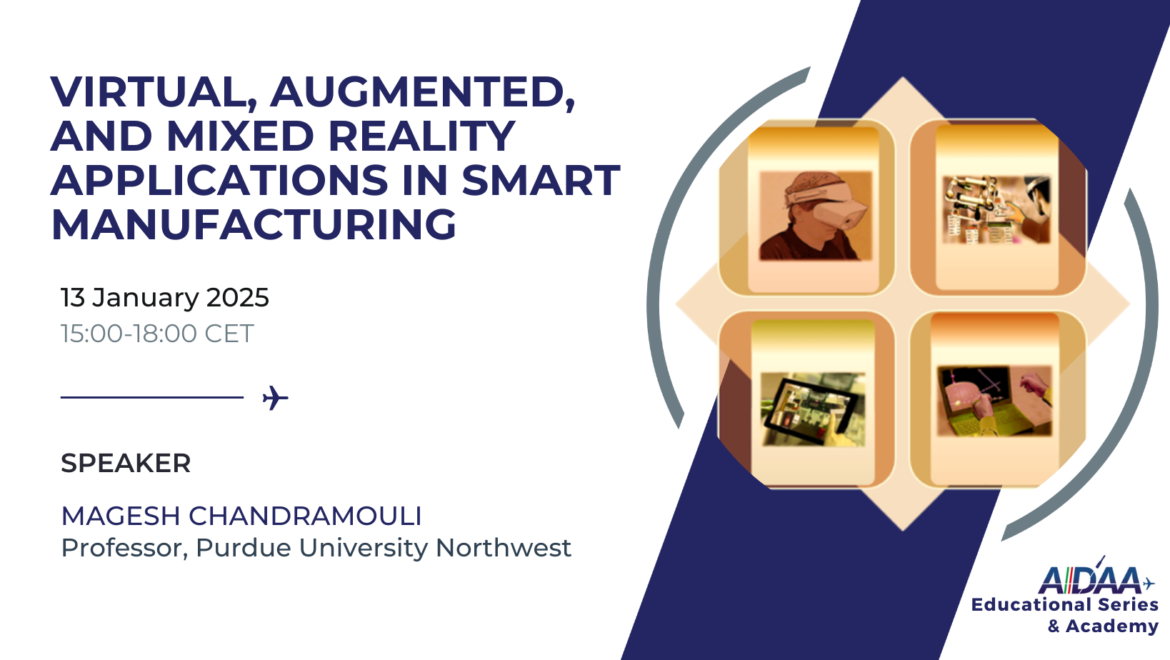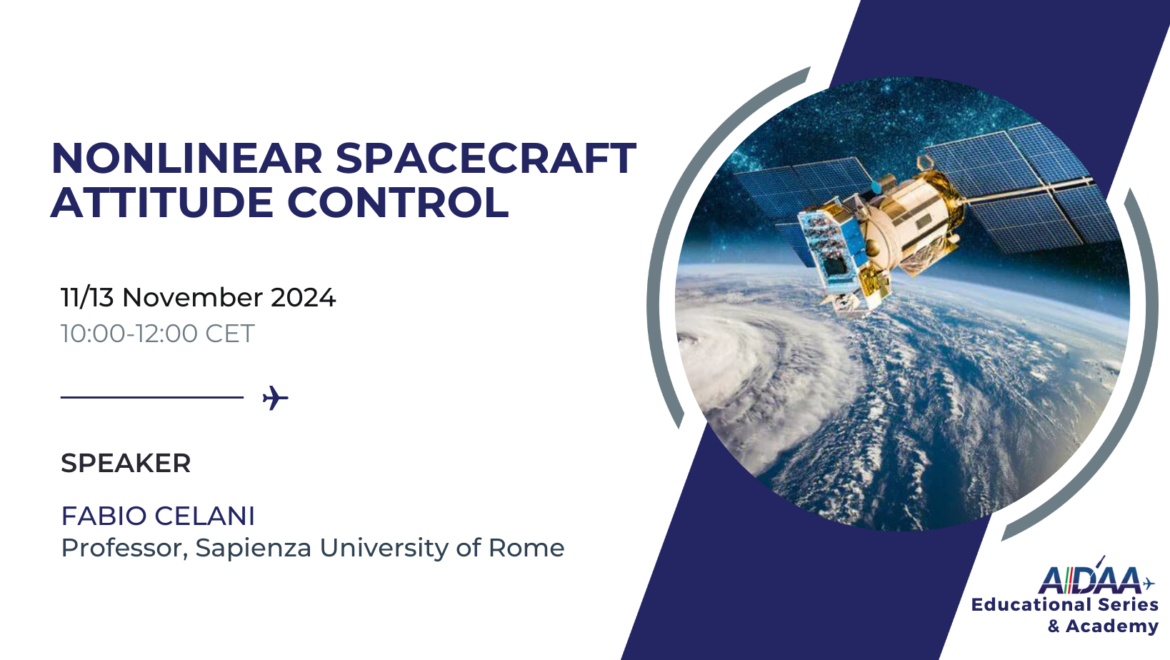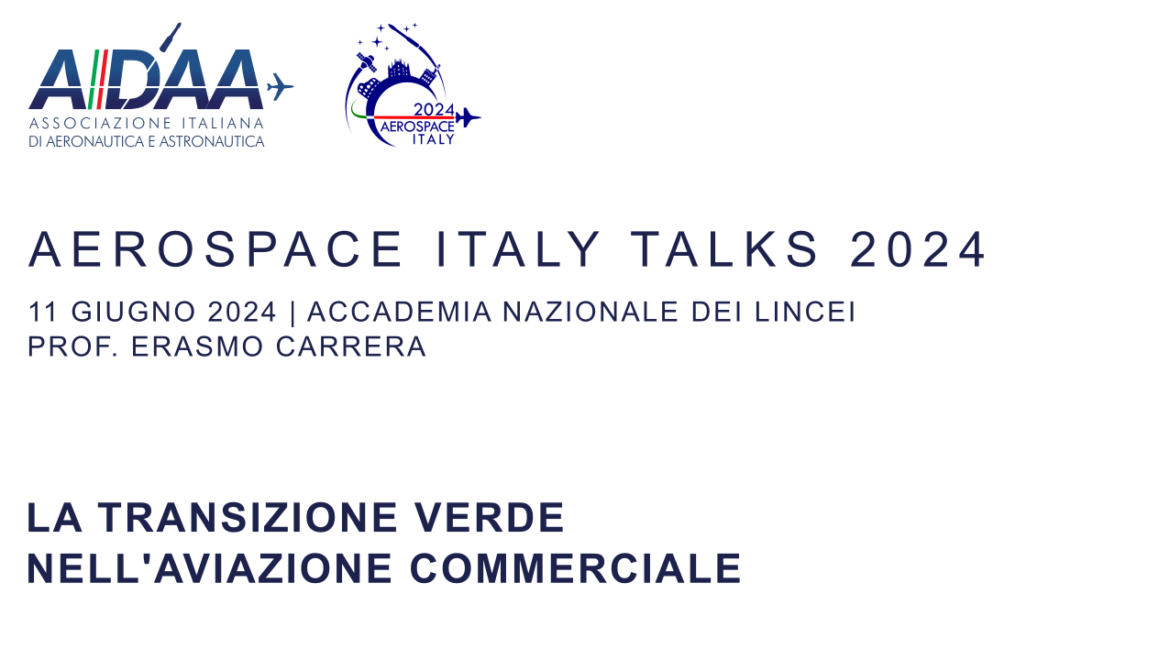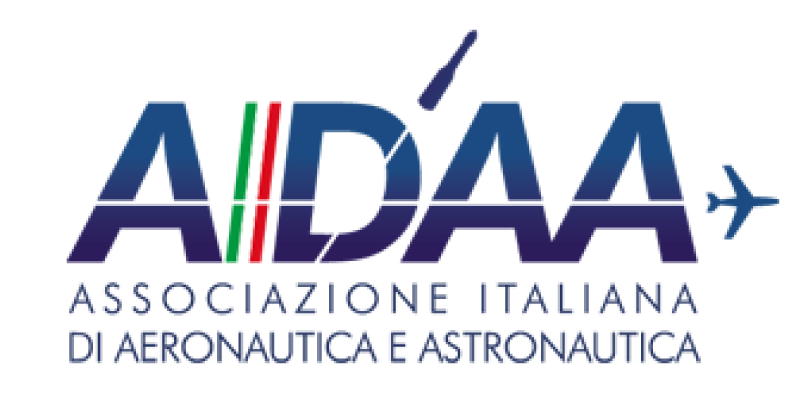Acoustics in aerospace – Numerical methods and materials characterization
Acoustics in aerospace – Numerical methods and materials characterization
17 February 2025
Overview and General Information:
The aim of this webinar is to deal with the main criticisms related to acoustic simulation and noise suppression in the aerospace sector. This objective is achieved by initially introducing and discussing the state-of-the-art methods and technologies that are relevant to this field. Subsequently, the fundamentals of analytical (Transfer Matrix Method) and numerical (Wave Finite Element Method) approaches are illustrated, which constitute powerful and efficient techniques to estimate the absorption and transmission properties of a sound package. Lastly, some innovative acoustic meta-material configurations are presented, based on a periodic pattern of porous unit cells, whose main homogenization models are defined and discussed too. These topics address different applications not only in the aerospace industry, but more generally in transportation (automotive, railway), energy and civil engineering sectors, where both weight and space, as well as vibroacoustic comfort, still remain as critical issues.
Learning Objectives:
- Aircraft noise: methods and technologies
- Transfer Matrix and Wave Finite Element Methods in acoustics
- Acoustic characterization of porous meta-materials
Participation
You need to buy one of the package list available here and use the Order ID assigned to you after purchase.
You need to Login for registration.












